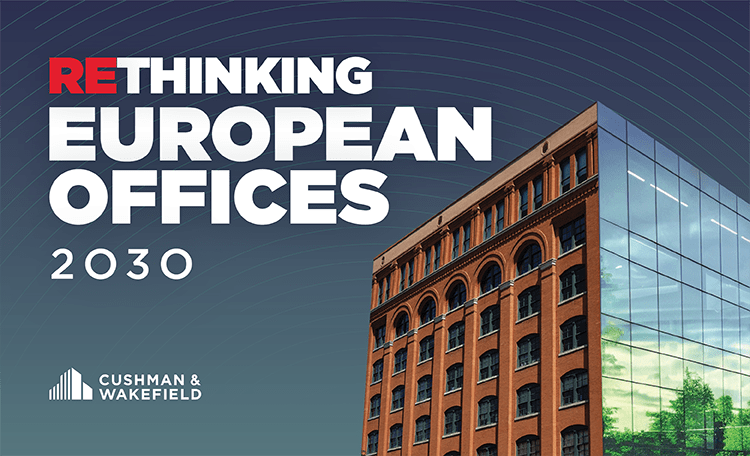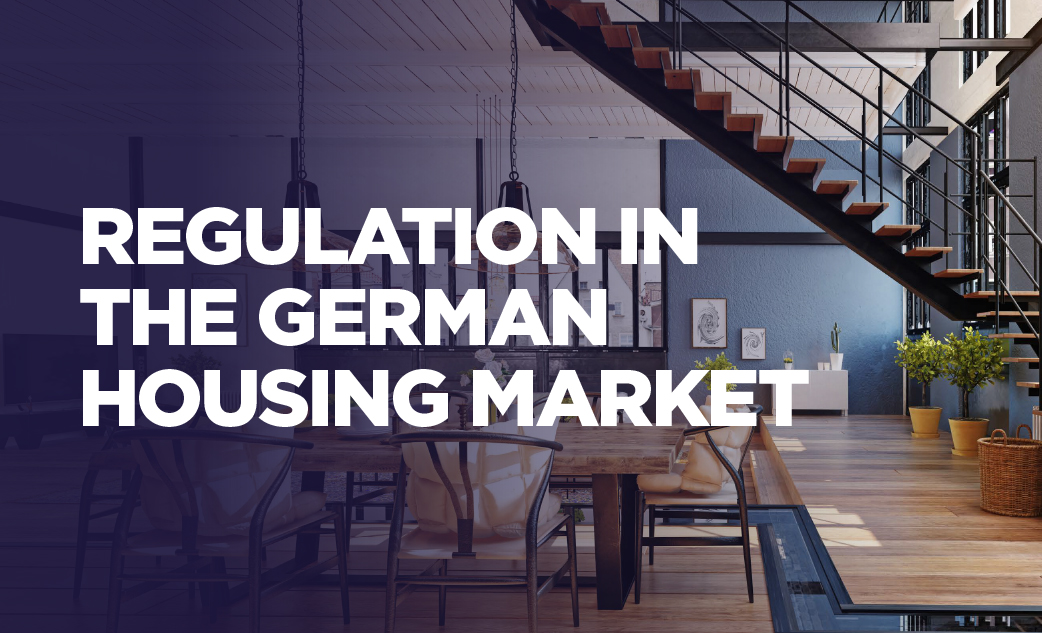According to research by the international real estate consultancy firm Cushman & Wakefield (C&W), a transaction volume of around EUR 27.7 billion was achieved in the German commercial real estate investment market in the first half of 2022. This is 25 percent above the previous year's equivalent figure of EUR 22.1 billion. It also exceeds the ten-year H1 average for 2012-2021 by 33 percent and the five-year average by around 10 percent.
Transaction volume declines in Q2 compared to previous quarter, but above-average H1 result
In the second quarter, the transaction volume for commercial real estate and development projects, at EUR 9.4 billion, remained significantly below the result of the above-average first quarter (EUR 18.2 billion). In the period from January to March 2022, the acquisition of alstria office REIT-AG by Brookfield Asset Management for more than EUR 4 bn and the sale of Frankfurt's Marienturm for more than EUR 800 m significantly boosted transaction volume. In contrast, the largest transaction in the period April to June 2022 was the sale of shares in the Sony Center in Berlin to NBIM for around EUR 700 million. Of the other Q2 transactions in the triple-digit million euro range, none exceeded the EUR 250 million threshold.
Overall, H1 2022 was the second strongest since 2012, with a total result of around EUR 27.7 billion. Portfolio transactions generated around 37 percent of the total. Individual property transactions contributed well over half at EUR 17.5 billion and 63 percent.
International capital more committed than at any time in the last 13 years
International capital contributed EUR 13.4 billion to transaction volume and thus, in absolute terms, invested more in German real estate than in any first half of the previous 13 years. Interest was particularly high in large-volume transactions. International capital was on the buyer side in both the largest portfolio deal of the first six months of 2022, the takeover of alstria by Brookfield, and in the two largest individual property transactions, Marienturm and Sony Center. In relative terms, the contributions of domestic (52 percent) and international buyers (48 percent) were almost equal.
Office segment leads - logistics and industrial follow at a distance
Office properties remained the asset class most sought after by investors. In H1 their transaction volume was approximately EUR 12.2 billion, some 44 percent of total real estate investment volume. Demand is focused on properties in locations benefiting from good accessibility in integrated city districts which fulfil ESG criteria, with a good occupancy rate and long lease terms. In view of the increasing user requirements regarding ESG compliance, the shortfall between supply and demand of suitable properties is also attracting interest from developers and value-add investors.
In second place, as in the first half of 2021, are logistics and industrial properties with transaction volume of around EUR 5.9 billion. The large contribution of 21 percent to the total was last achieved in H1 2017. In absolute terms, the current figure is the highest ever first-half transaction volume. Portfolio sales in particular have contributed to this, among these, the Dutch firm CTP took over Deutsche Industrie REIT, Prologis bought a portfolio from Ergo Trust logistics fund and DIC also took over numerous logistics facilities as part of its VIB Vermögen share acquisition.
The retail property contribution to transaction volume was just under 13 percent, at just under EUR 3.5 billion. Compared to the first half of the previous year, this was an increase of 65 percent or almost EUR 1.4 billion. Investors continue to be particularly interested in retail parks with local supply and grocery retail as anchor ten-ants such as supermarkets and food discounters, preferably as portfolio purchases. Larger individual property transactions in this asset class include the sale of a former Kaufhof in Hamburg to Tishman Speyer and the sale of Gera Arcaden shopping centre to Redos.
Hotel transactions accounted for 2.2 percent of transaction volume, a fall of around 37 percent from a year previously, to EUR 605 million.
The €5.5 billion accounted for by transactions outside the four classic main use types was generated primarily by sales of mixed-use properties and development land. These two asset classes combined contributed 15 percent of total transaction volume. Mixed-use properties sold include the Sony Center in Q2 and Galeries Lafayette in Q1.
Berlin strongest market in terms of investment volume
Around EUR 16.7 billion flowed into the top-7 markets in H1 2022, which corresponds to 53 percent of total transaction volume. An increase of 15 percent compared to a year previously.
Berlin leads the ranking with a transaction volume of almost EUR 3.8 billion, followed by Frankfurt at EUR 3.4 billion, Hamburg at EUR 2.3 billion, Düsseldorf at just under EUR 2 billion and Munich at EUR 1.6 billion. Cologne just broke the EUR 1 billion mark while Stuttgart was well below it at EUR 0.7 billion. Only Berlin and Munich fell short of their previous year's figures.
Challenging financing environment - trend reversal in yields
The past months have been characterised by rising capital costs and a changing financing landscape. Alexander Kropf, Head of Capital Markets at Cushman & Wakefield in Germany, comments: "The upward trend in interest rates has not yet come to a halt and it remains uncertain at what level a reliable financing band will settle. As a result, pricing between sellers and buyers is becoming increasingly difficult. Negotiations are taking longer and are sometimes halted because market participants are waiting for further interest rate developments. In addition, investors are worried about the possibility of an energy crisis in Germany with negative consequences for economic development. What is clear, is that the yield compression phase is definitely over and a trend reversal has begun. Where yields will ultimately go can scarcely be foreseen at the moment.”
Cushman & Wakefield currently sees the median prime yield for office properties in the top-7 markets at 2.99 percent, 25 basis points higher than three months ago. Compared to this point last year, yields have risen by 15 basis points. Munich remains the most expensive market (2.75 percent), followed by Berlin and Frankfurt at 2.85 percent each. Stuttgart is the cheapest market at 3.35 percent.
For logistics properties, prime yields in the top-7 average 3.11 percent, up 10 basis points in a three-month comparison but down 20 basis points year-on-year. The average for commercial properties in the top-7 locations is 3.46 percent, 22 basis points below the level at the same point last year. The most expensive market here is also Munich at 3.00 percent, followed by Berlin at 3.40 percent.
Market activity will gain momentum in autumn
Investors continue to have high liquidity and are still under pressure to invest capital safely and profitably. High inflation also manifests the attractiveness of tangible assets such as real estate. As soon as there is more transparency about where interest rates and the overall economy are heading, sales processes will regain momentum, supported by the positive development of rental markets, especially in the office and logistics segments.








